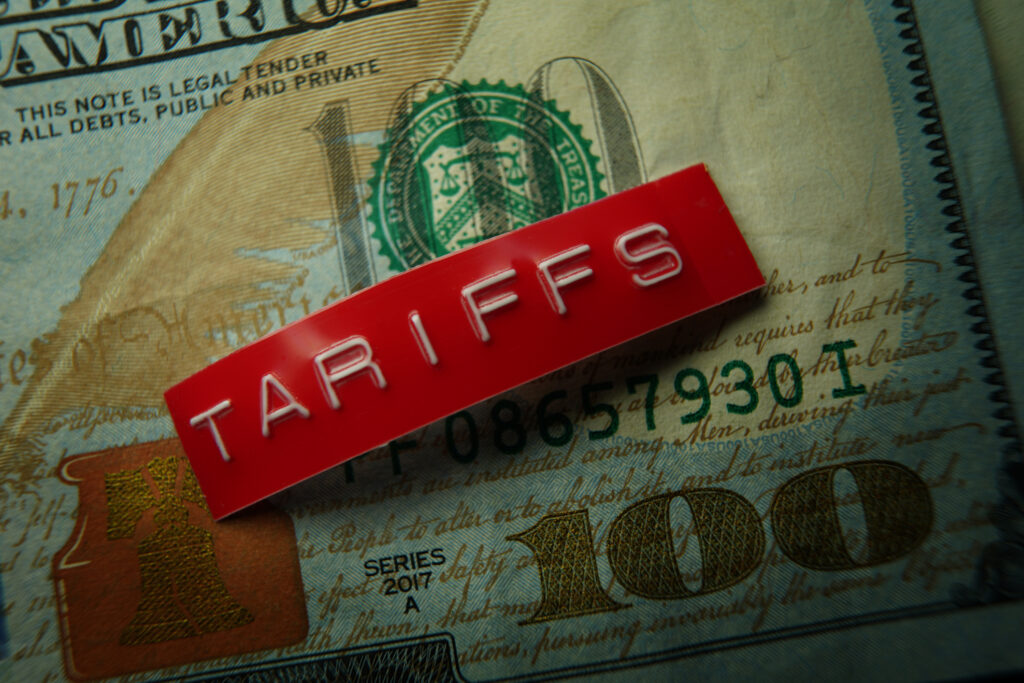The biggest problem facing the U.S. highway system is inadequate funding.
The U.S. Department of Transportation’s latest biennial “conditions and performance” report finds that just to maintain the current state of repair of highways and bridges and to prevent congestion from getting worse, would require annual spending of $101 billion, compared with the current $91 billion being spent at the federal, state, and local levels. And to improve performance, via projects that pass a basic benefit/cost filter, the nation could be productively investing $170 billion per year.
For the Interstate system alone, the report finds we are about $4 billion a year short of maintaining the status quo and could productively invest an additional $43 billion per year to improve Interstate performance.
Long-term public-private partnership (P3) concessions are a critically important project delivery tool, but they will only address the major funding shortfall if there are toll concessions, generating large amounts of new highway revenue to supplement gradually shrinking fuel tax revenues.
Need for Persuasion
We will never get where we need to go in reconstructing and modernizing the Interstates unless we can persuade highway users that toll-financed modernization is genuinely in their interest. And that means persuading powerful interest groups such as AAA and the American Trucking Association (ATA).
One of the strongest arguments raised by ATA is that fuel taxation is a highly efficient means of raising highway revenue, whereas toll collection is highly inefficient (i.e. very costly). In May 2007 ATA’s American Transportation Research Institute released a major report on highway funding alternatives. It asserted collecting and enforcing toll payments consumed 22 percent to 33 percent of the revenue generated, which they compared to an estimated 1 percent of revenue used to collect fuel taxes. Such figures have become part of the conventional wisdom.
Comparable Costs
This conventional wisdom is being challenged by a recent study from the Reason Foundation. Based on original research on the cost of collecting both types of revenue, the study finds the real cost of collecting revenue via fuel taxes is actually about 5 percent of the revenue. It also found 21st-century all-electronic tolling (AET) can cost as little as 5 percent of the revenue collected.
The principal author of the study is Daryl S. Fleming, Ph.D., P.E. He and one of his three coauthors helped develop the world’s first AET system, implemented 15 years ago on the then-new Highway 407 electronic toll road in Toronto.
The study authors critically analyzed three recent reports that assessed the cost of collecting highway revenues via tolling. All three studies were primarily backward-looking, capturing costs that are rapidly disappearing as toll facilities shift from cash to electronic collection. One study also misleadingly lumped ferries and toll facilities together, and it counted one-time capital investments as part of annual costs rather than amortizing them over their useful life.
Cashless Pioneers
Fleming and his coauthors also identified and studied three toll operators that have pioneered cashless all-electronic tolling: Colorado DOT’s I-25 managed lanes, the Fort Bend County Toll Road Authority in Texas, and the Tampa-Hillsborough Expressway Authority. Despite all three being small agencies, they were able to achieve the low costs of collection that might be expected of much larger agencies that can spread fixed costs over a larger volume of transactions.
Extrapolating their findings to larger toll roads, the authors estimate AET can achieve a collection cost as low as 5 percent of the revenue collected, using streamlined business models.
They also used information from a recent National Cooperative Highway Research Program report (and other sources) to re-estimate the cost of collecting highway revenue via per-gallon fuel taxes. Thanks in part to recent information on fuel-tax evasion and exemptions and tax costs hidden within the fuel-delivery supply chain, they estimate the true cost of fuel-tax collection is close to 5 percent of the revenue collected—in the same ballpark as best-practice AET.
Strengthening User-Fee Case
These findings directly counter the trucking industry’s argument that shifting from per-gallon fuel taxes to a per-mile charging system would be ruinously expensive. The findings give advocates of mileage-based user fees a stronger case for proceeding with further research on alternative ways of making such a transition.
In this context the authors make a bold proposal, suggesting the nation begin the transition now, focusing on the limited-access highway system (urban expressways and major highways such as the Interstates).
This would not require any expensive new technology (such as a Big Brother GPS box in every vehicle). All it would take is today’s low-cost transponders in vehicles and the installation of AET equipment at on-ramps and off-ramps. Each vehicle’s miles driven would thereby be recorded and charged appropriately, based on vehicle type.
Consistent with my recommended “value-added tolling” principle, this transition to per-mile charging would be phased in, corridor-by-corridor, as each Interstate corridor was reconstructed and modernized over the next two decades or so. No one would be asked to pay a toll to drive on existing, unimproved Interstates. They would only start paying once the corridor in question was rebuilt and modernized for better performance.
Robert Poole ([email protected]) is director of transportation at Reason Foundation. This column first appeared in Public Works Financing and is used with permission.
Internet Info
“Dispelling the Myths: Toll and Fuel Tax Collection Costs in the 21st Century,” Daryl S. Fleming and Robert Poole: http://heartland.org/policy-documents/dispelling-myths-toll-and-fuel-tax-collection-costs-21st-century




